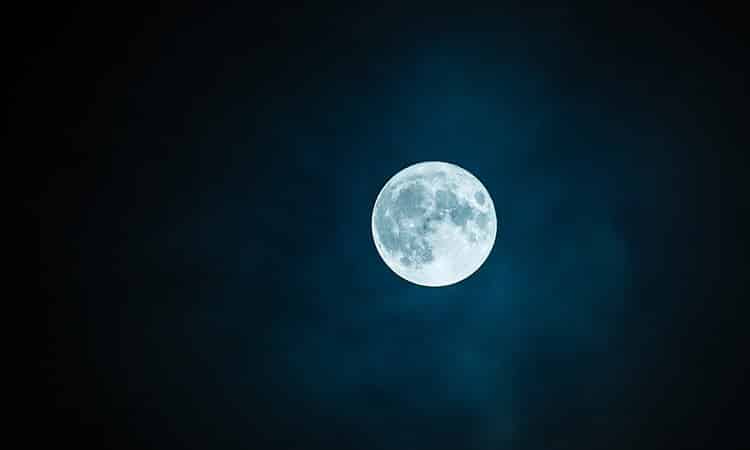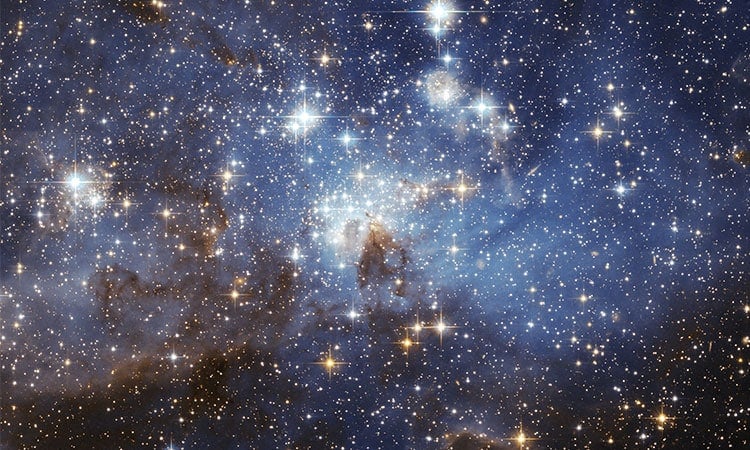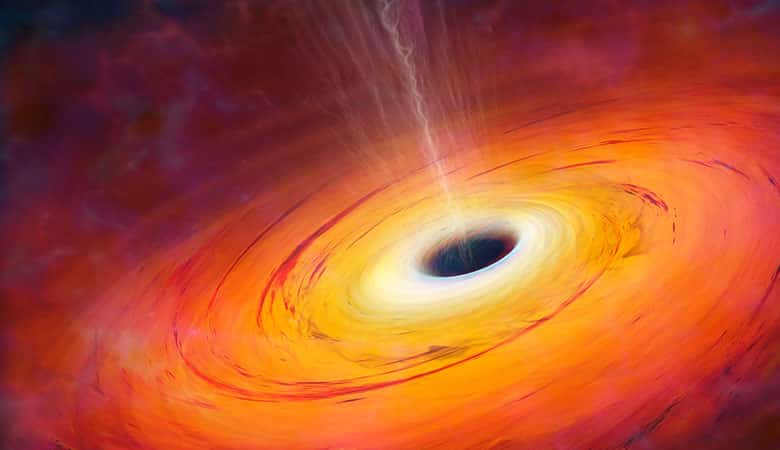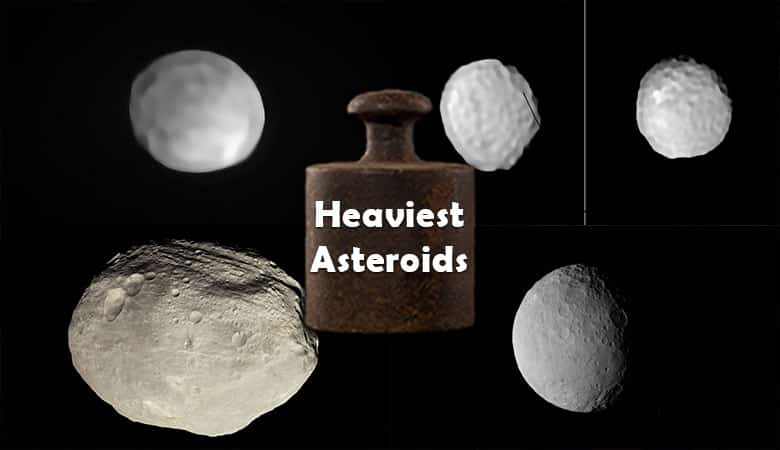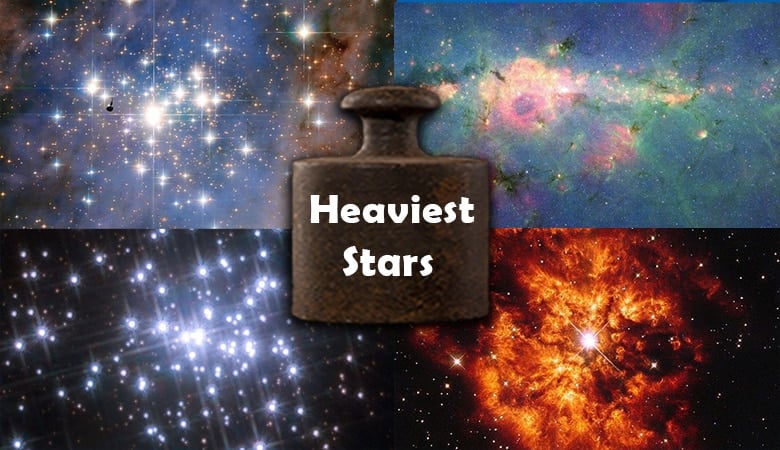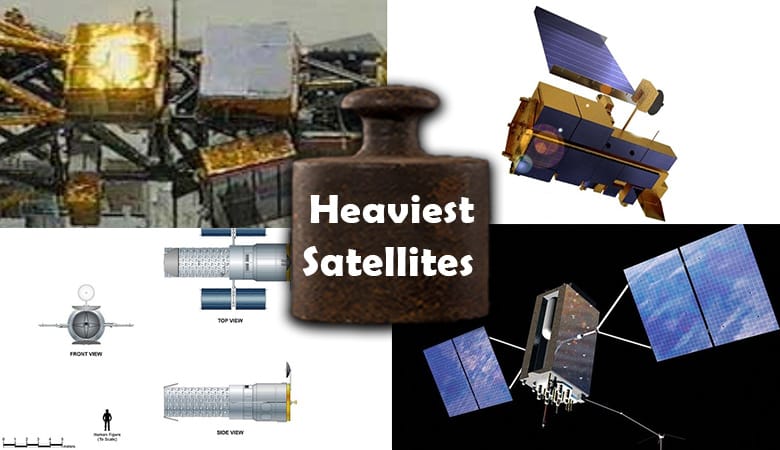The Solar system includes all the planets and everything else bound to the sun by gravity. Did you know that we have sent spacecraft to every planet in the solar system? There are currently eight recognized planets that orbit the sun. Scientists have devised a way to estimate the weight of these planets by observing their gravitational pull on nearby objects.
1. Jupiter

This massive planet is the heaviest of all planets in the solar system. Jupiter is the fifth planet from the sun and weighs a staggering 1.90×1027 kilograms which is 318 times the mass of our home planet, Earth. Jupiter also has 79 confirmed moons and more than 200 satellite bodies orbiting it. Jupiter’s magnetic field is also 14 times that of Earth, and it’s also the fastest spinning planet in the solar system. Jupiter is described as the largest “gas giant.”
2. Saturn

Saturn is the sixth planet from the sun and is most memorable for being surrounded by beautiful rings. It weighs 5.68 x1026 kilograms which is 95.2 times the mass of Earth. Saturn is also described as a “gas giant” which orbits the sun every 29.4 Earth years.
This slow revolution makes it relatively easy to observe as it can be seen using binoculars or a telescope. In addition, it has the most observed moons (82) as of 2019, with the most famous being Titan.
3. Neptune

Neptune is the most distant (eighth) planet from the sun and is classified as a “gas giant.” It weighs 1.02×1026 which is 17.1 times the mass of Earth. It is not visible with the naked eye and was first observed in 1846, its approximate position having been determined with mathematical predictions. It takes an incredible 165 Earth years to go round the sun.
4. Uranus

Uranus is the seventh planet from the sun and is also labelled a “gas giant.” It weighs 8.68×1025 kilograms which is roughly 14.5 times the mass of Earth. While most planets rotate around a tilted vertical axis, Uranus rotates at an axial tilt of 99 degrees. This means it rotates on its side with a season/day in Uranus lasting 42 earth years.
5. Earth

Earth is the third planet from the sun. It is the only planet known to support life and is roughly 70% water. This has led to Earth being nicknamed “the blue planet” after observations from space. It weighs 5.97×1024 kilograms. It has one moon and two co-orbital satellites. It takes roughly 24 hours (one day) to rotate on its axis and around 365 days (one year) to go round the sun.
6. Venus

Venus is the second planet from the sun. It weighs 4.87×1024 which is 0.816 times the mass of Earth. Interestingly a day on Venus (243 Earth days) is longer than a year (224.7 Earth days).
Venus is also the hottest planet in the solar system. It is the only planet that rotates in a clockwise direction (all the rest rotate anticlockwise), scientists suspect due to a collision with a celestial body. It is the second brightest object in the night sky after the moon and is christened “the evening star.”
7. Mars
Mars is the third planet from the sun. It weighs 6.42×1023 kilograms which is 0.107 times the mass of planet Earth. It is also known as the “red planet.” Mars is the nearest planet to Earth, and space rovers have been sent to its surface to explore signs of life.
A day on Mars lasts 24 hours and 37 minutes, while a year lasts 687 days. Gravity on Mars is about 27% weaker than Earth’s, so you can theoretically jump three times higher there.
8. Mercury

Mercury is closest to the sun and is also the lightest planet in the solar system. It weighs 3.30×1023 kilograms which is only 0.05 times Earth’s mass, making it the smallest planet. It has no rings or moons orbiting it. It takes only 88 Earth days to go round the sun. Mercury is second only to Earth in terms of density since it’s composed of heavy metals. Due to its low gravity, on Mercury, you would weigh 37% of your Earth weight.
Due to years of space exploration, we might not see any changes in this list but don’t rule anything out; Pluto was a planet not long ago!

